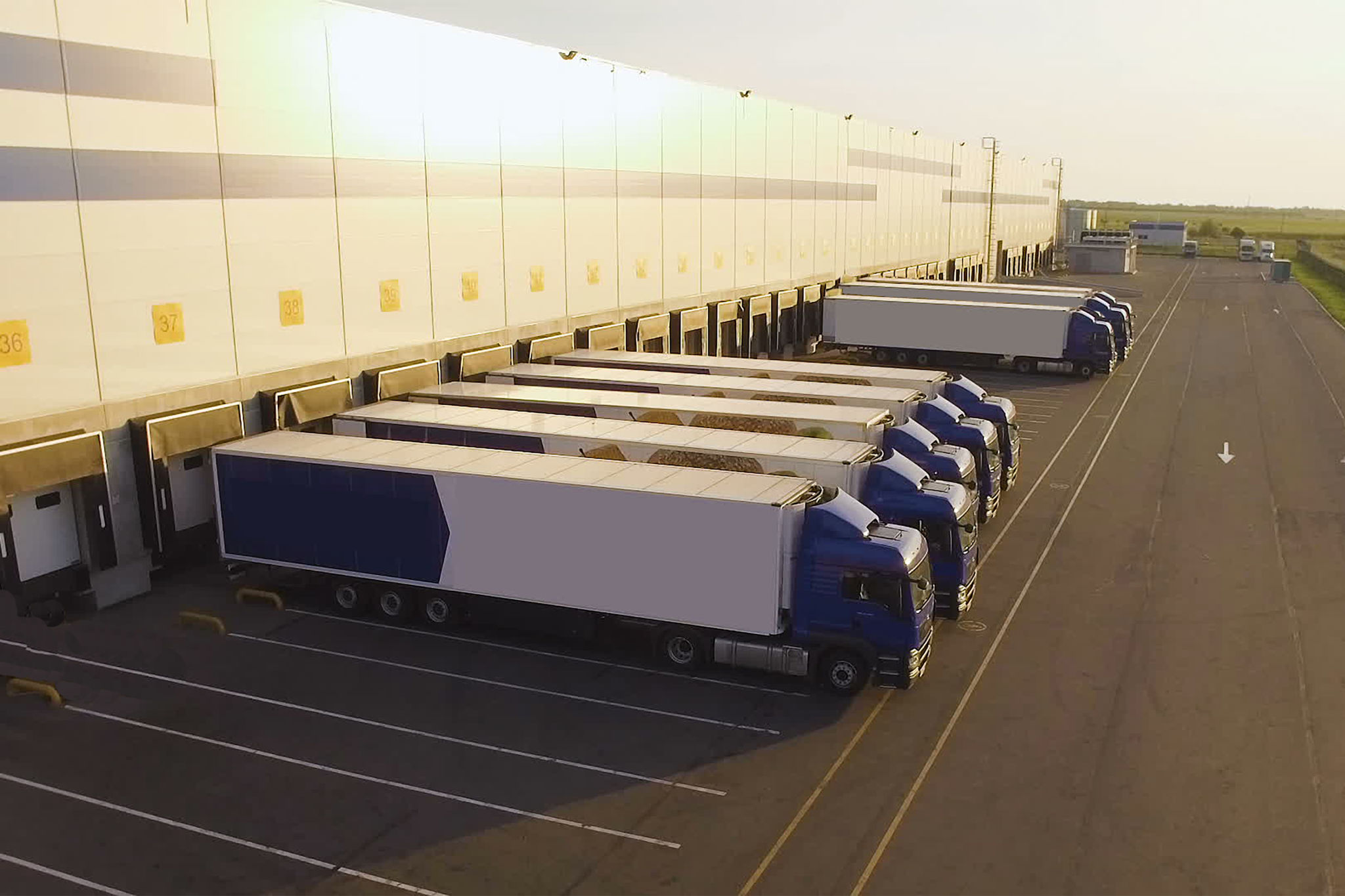Navigating Communications in Extreme Weather: How Dispatch Services Keep Dartmouth Moving
Introduction to Dispatch Challenges in Extreme Weather
Extreme weather can present significant challenges for maintaining efficient communication and transportation systems. In a place like Dartmouth, where weather conditions can vary dramatically, ensuring seamless operations requires a robust dispatch service. This post explores how these services keep the city moving, even when nature throws its worst at us.
Dispatch services play a crucial role in coordinating responses and managing logistics during extreme weather events. From snowstorms to heavy rain, these services are the backbone of emergency response and transportation systems, ensuring that both residents and goods can move safely and efficiently.

The Role of Technology in Dispatch Services
Advanced Communication Tools
Modern dispatch services rely heavily on advanced communication tools to maintain contact with drivers and emergency services. These tools include GPS tracking systems, real-time weather updates, and digital communication platforms. Such technology allows dispatchers to make informed decisions quickly, ensuring that routes are optimized, and resources are allocated effectively.
By using these tools, dispatchers can monitor road conditions and provide drivers with up-to-the-minute information. This capability is critical during extreme weather events, allowing for timely rerouting to avoid hazardous areas and ensuring the safety of all involved.

Data Analysis for Predictive Planning
Data analysis plays a significant role in predicting and responding to extreme weather conditions. Dispatch services analyze historical weather patterns and traffic data to anticipate potential disruptions. By doing so, they can develop contingency plans that minimize delays and maintain critical services.
This predictive planning is essential for resource allocation. For example, during a snowstorm, dispatch can prioritize routes for snowplows and emergency vehicles, ensuring that essential roads are cleared first. This approach helps maintain accessibility for emergency responders and keeps vital supply chains open.
Collaboration with Local Authorities
Coordinated Efforts
Dispatch services don't operate in isolation; they work closely with local authorities to manage extreme weather events effectively. This collaboration includes sharing real-time information with police, fire departments, and municipal services to ensure a coordinated response.
By working together, these entities can deploy resources more efficiently, reducing the impact of severe weather on the community. Coordination also helps in disseminating important safety information to the public, advising them on road closures or alternative routes.

Community Engagement
Engaging with the community is another crucial aspect of navigating extreme weather. Dispatch services often collaborate with local media and use social media platforms to keep residents informed about current conditions and any necessary precautions.
This proactive communication helps build trust within the community and ensures that residents are prepared and aware of any actions they need to take during severe weather events. It also encourages community members to report issues such as blocked roads or downed power lines, aiding dispatch in addressing problems swiftly.
Conclusion: The Future of Dispatch Services
As climate change continues to impact weather patterns globally, the role of dispatch services in managing extreme weather will only become more critical. Innovations in technology and data analysis will further enhance their ability to respond effectively, ensuring that Dartmouth remains connected and safe despite the challenges posed by nature.
By investing in these technologies and fostering strong community relationships, dispatch services can continue to adapt and provide essential support during extreme weather events, ensuring that Dartmouth's residents can navigate whatever comes their way.
